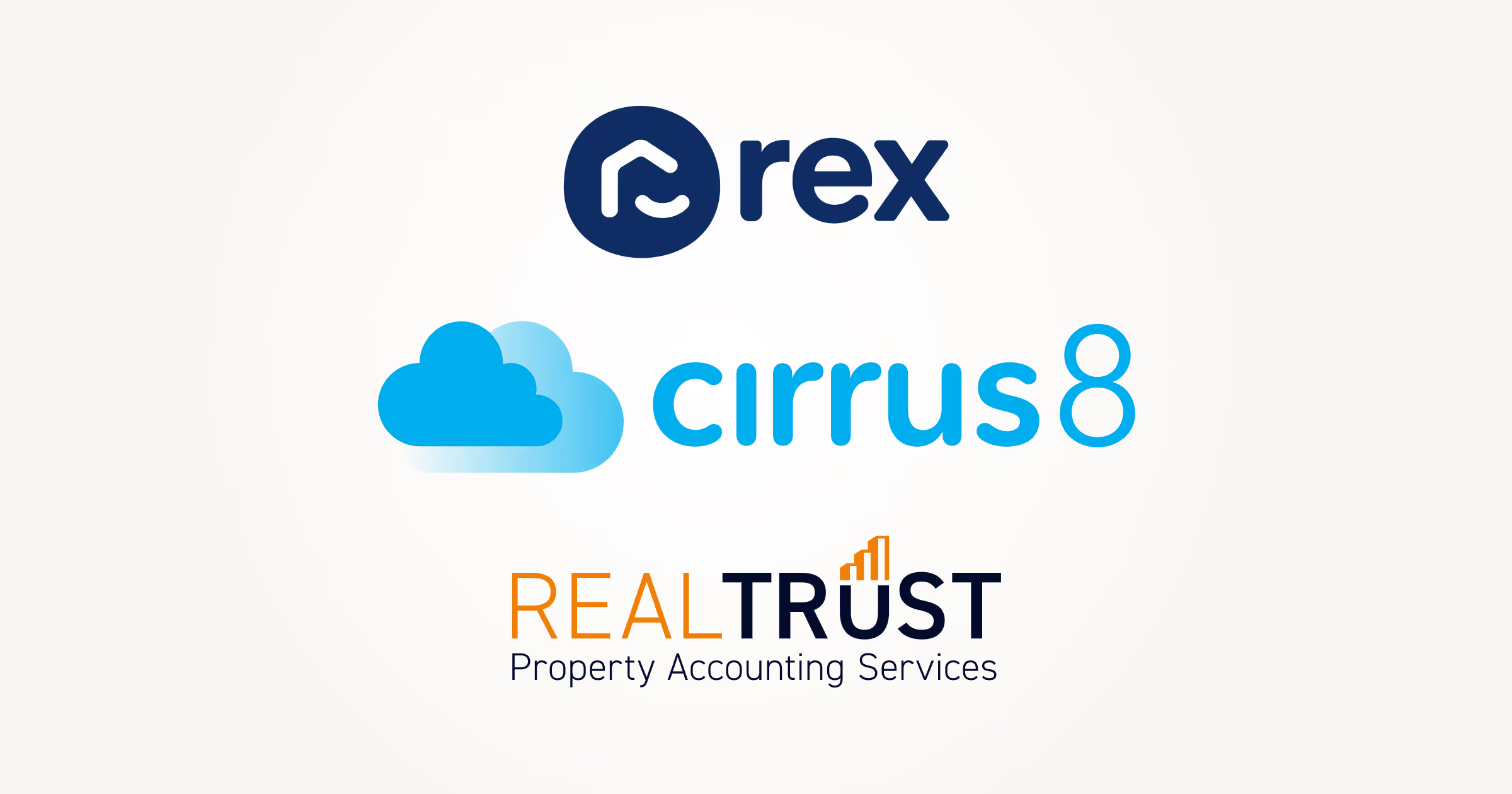
Cloud computing makes it possible to share resources, software and information through a network instead of your computer’s hard drive. But what is the cloud? Where is it? And, are we in it? If you’ve asked these kinds of questions, you’re not alone. Most people who use the cloud on a daily basis don’t actually know what it is.
Whenever you stream music, watch Netflix or open a Google doc, you’re using this elusive ‘cloud.’ But it’s not useful just for entertainment. Cloud computing means that instead of all the computer hardware and software you’re using sitting on your desktop (or somewhere inside your real estate agency’s network), it’s provided for you as a service by another company and accessed over the internet, usually in a completely seamless way.
TL/DR
- The cloud is a virtual space that connects users wherever they are.
- It makes all sorts of things highly accessible.
- Data on the cloud is safer and more secure than data kept in old school servers.
At Rexlabs, we run almost exclusively on the cloud. Having all our software and data available on the ‘net’ means our office can run just about anywhere, and quickly too. From our London office, from the cafe down the road, from our homes… with cloud computing, the options are endless. The software we build – the software agents like you use – is also on the cloud.
But what actually is it? Spoiler alert: It’s not a real cloud; it’s not even in the sky. It’s actually underwater! The ‘cloud’ in ‘cloud computing’ doesn’t refer to a fluffy white mass made up of tiny water droplets floating in the sky. In fact, it’s not visible at all. The cloud we’re talking about isn’t even in one location; it can be anywhere and everywhere all at once. Sounds like quantum mechanics!
Simply put, the cloud is just a metaphor for the internet. The name goes back to the days of flowcharts, when the internet would be displayed as a puffy, white cumulus cloud. Why? Well, engineers needed a way to show that there was a network doing something (i.e. giving or receiving information) – but also indicate that they weren’t trying to describe it because it was more than what they knew. They decided on a cloud.
So, what’s the cloud used for? Literally everything. There are three different types of cloud computing, each with different uses – and their own acronym:
- Software as a Service (SaaS): Cloud computing lets you use an entire application from someone else’s system. Google Documents are probably the best example. Your CRM is likely a Saas product, too.
- Platform as a Service (PaaS): This means you develop applications using web-based tools so they run on systems software and hardware provided by another company. For example, you might develop your own ecommerce website but have the whole thing, including the shopping cart, checkout and payment mechanism running on someone else’s server.
- Infrastructure as a Service (IaaS): This is when you buy access to hardware over the internet, like servers or storage. You just pay a monthly subscription or a certain amount per space to have a hosting company serve up files for your website from their servers.
What the Cloud Means for You
There’s a tonne of benefits to using the cloud, including:
- Saves you money and space: Before the cloud, businesses had to buy hardware and software and run onsite data centres. It was expensive. Now the cloud takes care of it all, saving money and physical space.
- Takes pressure off capacity planning: Because all your data is stored virtually, you don’t have to buy your own gigantic computer system and risk having it sitting there doing nothing.
- Quicker access to your data: In a few clicks, you can access anything on the cloud. Who doesn’t love saving time? (Don’t answer that—it’s rhetorical.)
- Frees up your IT department: Or lets you run without an IT dept. Those old school setups typically required a lot of “racking and stacking” – hardware setup, software patching and other fun IT management chores (yawn). Your poor IT team had to keep track of umpteen licenses for word-processing software, file back-ups and threats of viruses. We’ve left that all behind since discovering the cloud.
One basic principle of cloud computing is that you no longer need to worry how the service you’ve bought is provided; with web-based services, you simply concentrate on whatever your job is and leave the problem of providing dependable computing to someone else.
Data stored in the cloud is secure and nearly always encrypted, so the code would need to be cracked before an intruder could read the information. That said, cloud security is tight but it’s not infallible. Still, many businesses using the cloud will offer a broad set of policies and have controls in place to help protect your data from potential threats.
Want to know more? Check out these links:
That Cloud Thing Everyone Is Talking About (for lols)
What is SaaS? Software-as-a-service defined
This article has been written and produced in partnership with Rexlabs – a leading product house based in Brisbane that is creating software-driven solutions for the real estate and broader property sector. As a local business with a foothold in the UK, they are uniquely positioned to understand the complexities Queensland real estate professionals face and cross-pollinate innovation across the oceans. Rexlabs design, develop and support Rex Software, Siteloft & Spoke.

%20(1).jpg)




